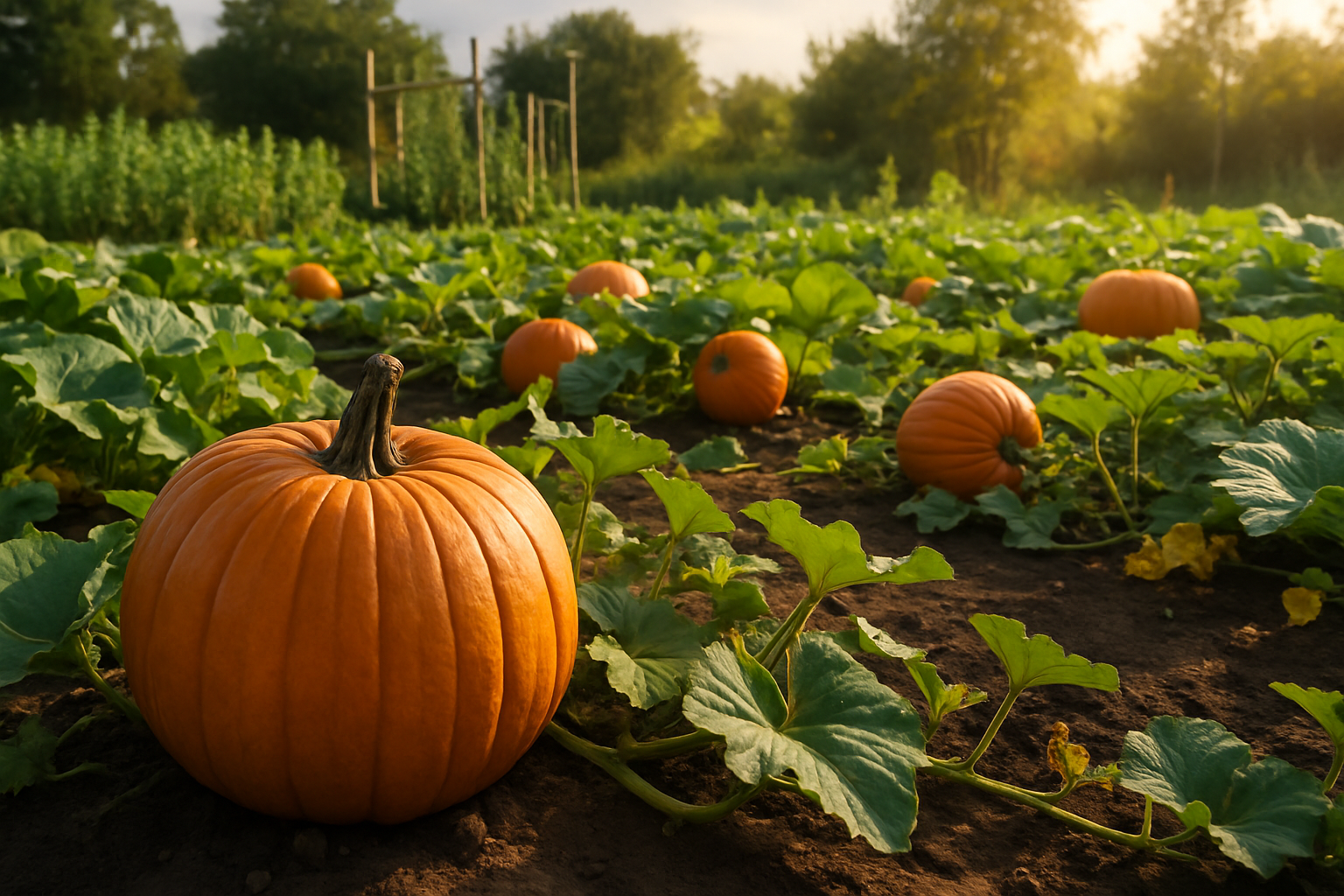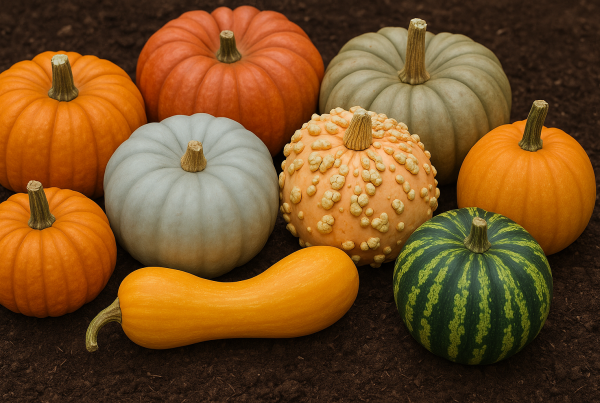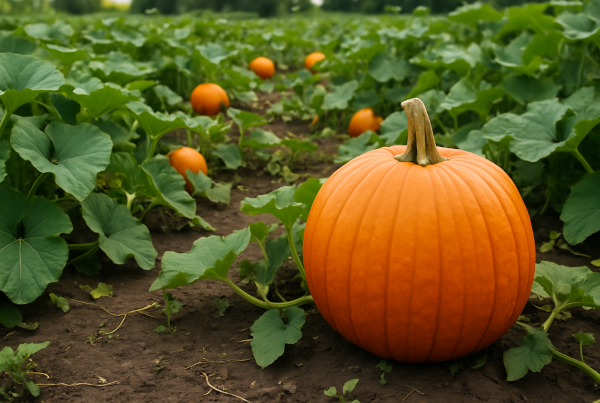Essential Tips for Growing Your Own Pumpkins in 2025
As we step into 2025, pumpkin enthusiasts and novice growers alike are exploring more innovative and efficient ways to cultivate these beloved gourds. Pumpkins, with their vibrant hues and versatile uses, remain a favourite for gardeners across the United Kingdom. Whether you’re aiming to carve the perfect Halloween jack-o’-lantern or cook a delicious autumnal dish, growing your own pumpkins can be a rewarding experience.
Understanding Pumpkin Varieties
Before starting your pumpkin patch, deciding on the types of pumpkins you wish to grow is crucial. There are numerous varieties, from the classic orange pumpkins to the enchantingly unique white and even blue-toned varieties. Each type has its own growth requirements and uses, so understanding these can help in planning your garden. Explore various types of pumpkins to make an informed choice for your growing needs.
Soil and Planting Techniques
The foundation of any successful garden begins with quality soil. Pumpkins thrive best in nutrient-rich, well-drained soil with a pH between 6.0 and 7.5. Preparing the soil by adding well-rotted manure or compost can significantly enhance its quality. In 2025, there is a trend towards using organic soil enhancers that not only boost growth but also promote sustainability.
Planting should be done after the last frost date in your region, usually around late May to early June in the UK. Consider spacing; pumpkins need plenty of room to sprawl, with enough space for each plant to extend its vines. Learn more about proper growing techniques to ensure a bountiful harvest.
Watering and Fertilisation
Pumpkins require consistent watering, especially during the fruiting period. Aim to water deeply once a week, allowing the water to reach the deep roots. Drip irrigation systems are gaining popularity for their efficiency and water-saving capabilities.
Fertilisation is another key aspect of pumpkin growth. Use a balanced fertiliser, rich in nitrogen at first, switching to one higher in phosphorus and potassium as the pumpkin plants flower. Modern fertilisers designed specifically for gourds can dramatically increase yield.
Pest and Disease Management
New biopesticides and organic solutions are becoming mainstream in 2025 to combat common pumpkin pests such as aphids, squash bugs, and cucumber beetles. Regular monitoring of plants is essential to keep these pests at bay. Additionally, keeping your pumpkin patch clean and rotating crops can help minimise diseases such as powdery mildew and fusarium wilt.
For more in-depth information on protecting your pumpkins, visit our guide on how to protect your pumpkins.
Harvesting and Storage
Knowing when to harvest is crucial. In 2025, smart gardening tools are available to help determine the optimal time for picking. Typically, pumpkins are ready for harvest when they have reached a deep, uniform colour and the rind is hard.
Post-harvest, storing pumpkins in a cool, dry place can prolong their life. Curing them in a sunlit area for a week can also help harden the skin, extending their shelf life significantly.
Conclusion and Trends of 2025
The sustainable gardening movement in 2025 brings with it exciting prospects for pumpkin growing, with an emphasis on organic practices and smart agriculture. Whether you’re cultivating for personal enjoyment or market sale, these trending techniques ensure a healthy, fruitful season. For more fun and informative insights, check out some fun facts about pumpkins and elevate your pumpkin-growing journey to the next level.





